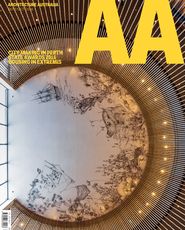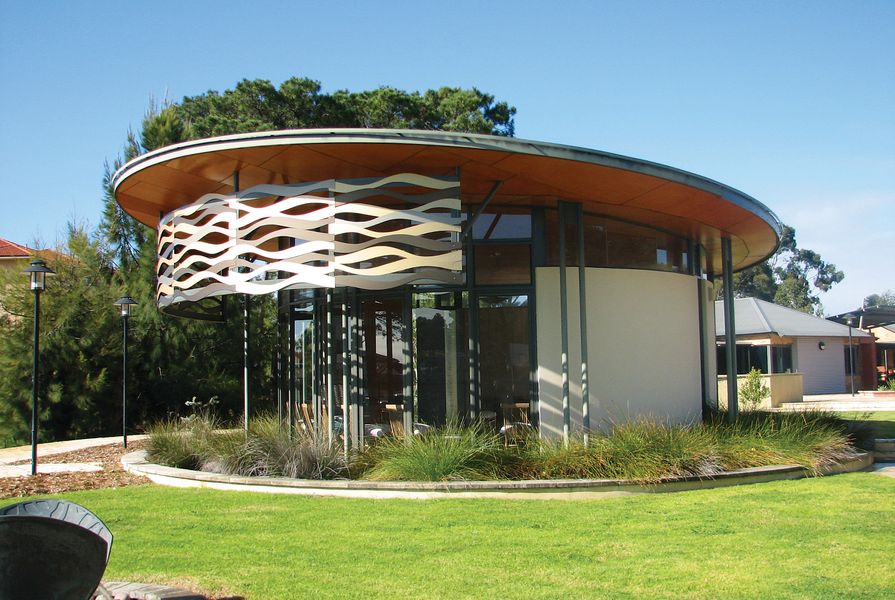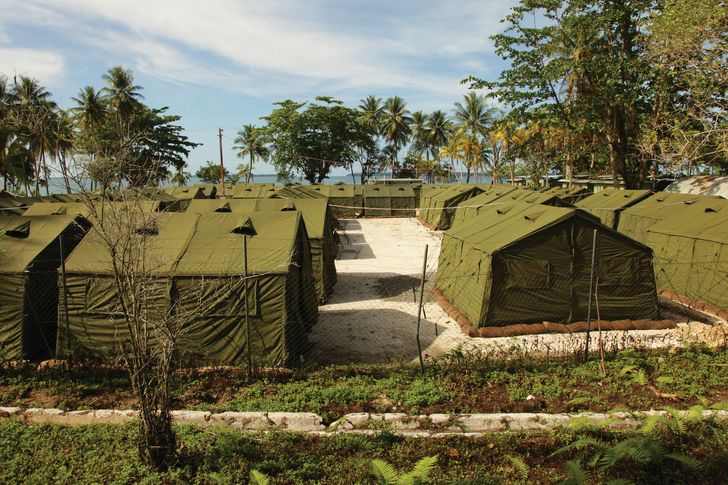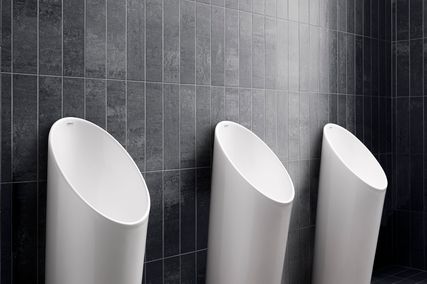Australia has one of the most restrictive immigration regimes in the world. Under the Migration Act 1958, people who arrive in Australia without a valid visa can be detained. Australia has taken an uncompromising position on unauthorized arrivals by sea and the detention of this group became mandatory in 1992. People arriving by sea constitute a small percentage of those seeking asylum (most people arrive by air with a valid visa); however, the mandatory detention of this group should be of deep concern as their incarceration is an anomaly under the Australian rule of law. As Julian Burnside QC has noted, “the mandatory detention of non-citizens without visas is the only exception in Australia to the general principle that innocent people cannot be locked up without a rigorous procedure beforehand and judicial oversight at all times.”1
Beyond the debate on the ethics of mandatory detention, a discussion from an architectural perspective is long overdue: about the design and monitoring of environments where people are held, and the impacts of these environments on individuals.
Since 2001, unauthorized arrivals are transferred to immigration detention centres, where they remain while their claims for asylum are processed. In remote locations, mining and military camps have been repurposed and layered with static security to function as immigration detention centres, while at offshore locations such as Christmas and Manus Islands and Nauru, tents and portable, demountable buildings have been used to house people. There has been little consideration of the impact of this “architecture of displacement” on residents, despite the knowledge that post-migration environments influence people’s long-term outcomes.2 Asylum seekers have commonly reacted to the experience of imprisonment by self-harming and suicide, hunger strikes and rioting.3
Manus Island regional processing facility, Papua New Guinea , licensed under CC BY 2.0
Existing theory makes it clear that such self-harming actions were highly predictable, and indeed it is surprising that such desperate behaviours have not occurred more frequently. In 1961, Erving Goffman introduced the concept of a “total institution,” defining it as “a place of residence and work where a large number of like-situated individuals, cut off from the wider society for an appreciable period of time, together lead an enclosed, formally administered round of life.”4 Immigration detention centres are “total institutions.” The features of total institutions have been found to be contradictory with the tenets of Western democracy; in particular, there is an incompatibility with the manner in which work and family life are normally organized.
Decades of research on the behaviour of people in total institutions shows that in response to the loss of personal control, people exhibit resistance behaviours: the very behaviours such as campaigning, self-harming and suicide that have become so repetitive among detainees.5 In other words, certain behaviours may be expected in response to the loss of personal control in a total institution. To this point, there has been a wilful neglect of the potential of design to ameliorate the negative impacts that incarceration and the loss of personal control have on people within immigration detention centres. Innovative design of detention centres has the capacity to impact positively on the outcomes of detainees. In other words, design matters.
The Australian Government has noted its intention to “provide people in administrative detention with accommodation commensurate with Australian community standards and expectations,”6 and is required to comply with international obligations as set out in human rights instruments,7 yet the conditions in most immigration detention centres fall far below those measures. The recent decision of the Papua New Guinea Supreme Court that the detention of asylum seekers on Manus Island is unconstitutional and illegal should be a turning point in re-evaluating immigration detention centres.
The design of immigration detention centres in their current form cannot sustain the physical and mental wellbeing of residents. If immigration detention must continue, less regimented and less damaging forms of detention (such as supported community living arrangements) must again be considered. If the government insists that refugees be detained within a detention centre, it is sensible to move beyond providing makeshift or repurposed camps and draw from recent Australian experiences in the design of international “best practice” custodial environments. Boronia Pre-release Centre for Women in Western Australia was designed with multiple dwellings in a park-like setting, with facilities to allow residents to conduct typical day-to-day activities to maintain and regain their dignity and a level of personal control.
The West Kimberly Regional Prison was designed to accommodate the differing domiciliary and cultural needs of a subset of the population. Again, normalized living environments were provided and careful consideration was given to the function, appearance and layout of facilities so that residents and visitors alike could maintain a level of personal autonomy.8 We need to consider the impacts of the environments in which we hold people and understand that there is a capacity for architecture to improve quality of life for incarcerated individuals. The principles of sensitive, humane, culturally appropriate custodial design could and should be applied to the design of detention centres to produce better outcomes and dignity for those within them – both residents and staff. We are in the midst of the most defining global challenges of the twenty-first century, with the largest number of people seeking safe haven due to war and oppression ever, and with many more potentially arriving – further human rights abuses should not be enacted upon those who seek asylum in Australia.
1. Julian Burnside, cited in Joint Standing Committee on Migration, “Immigration detention in Australia: A new beginning – Criteria for release from detention,” 2008, Chapter 4, 87. See aph.gov.au/Parliamentary_Business/Committees/House_of_Representatives_committees?url=mig/detention/report
2. Derrick Silove, “The asylum debacle in Australia: a challenge for psychiatry,” Australian and New Zealand Journal of Psychiatry, 36 (3), June 2002, 290–296.
3. Peter Mares, Borderline: Australia’s treatment of refugees and asylum seekers (Sydney: UNSW Press, 2001).
4. Erving Goffman, Asylums: Essays on the Social Situation of Mental Patients and Other Inmates (New York: Anchor Books/Doubleday, 1961), xiii.
5. Stanley Cohen and Laurie Taylor, Psychological Survival: The Experience of Long-Term Imprisonment (Harmondsworth: Penguin Books, 1972).
6. Department of Immigration and Citizenship (DIAC) (now the Department of Immigration and Border Protection), “DIAC Standards for Design and Fitout of Immigration Detention Facilities” (DIAC Standards, 2007).
7. These include the International Covenant on Civil and Political Rights (ICCPR), the International Covenant on Economic, Social and Cultural Rights (ICESCR), the Convention against Torture and Other Cruel, Inhuman or Degrading Treatment or Punishment (Convention against Torture) and the Convention on the Rights of the Child (CRC).
8. Elizabeth Grant and Peter Hobbs, “West Kimberley Regional Prison,” Architecture Australia, vol 102 no 4, Jul/Aug 2013, 74–84.
Source

Discussion
Published online: 5 Dec 2016
Words:
Elizabeth Grant
Images:
Sarah Paddick
Issue
Architecture Australia, September 2016


















